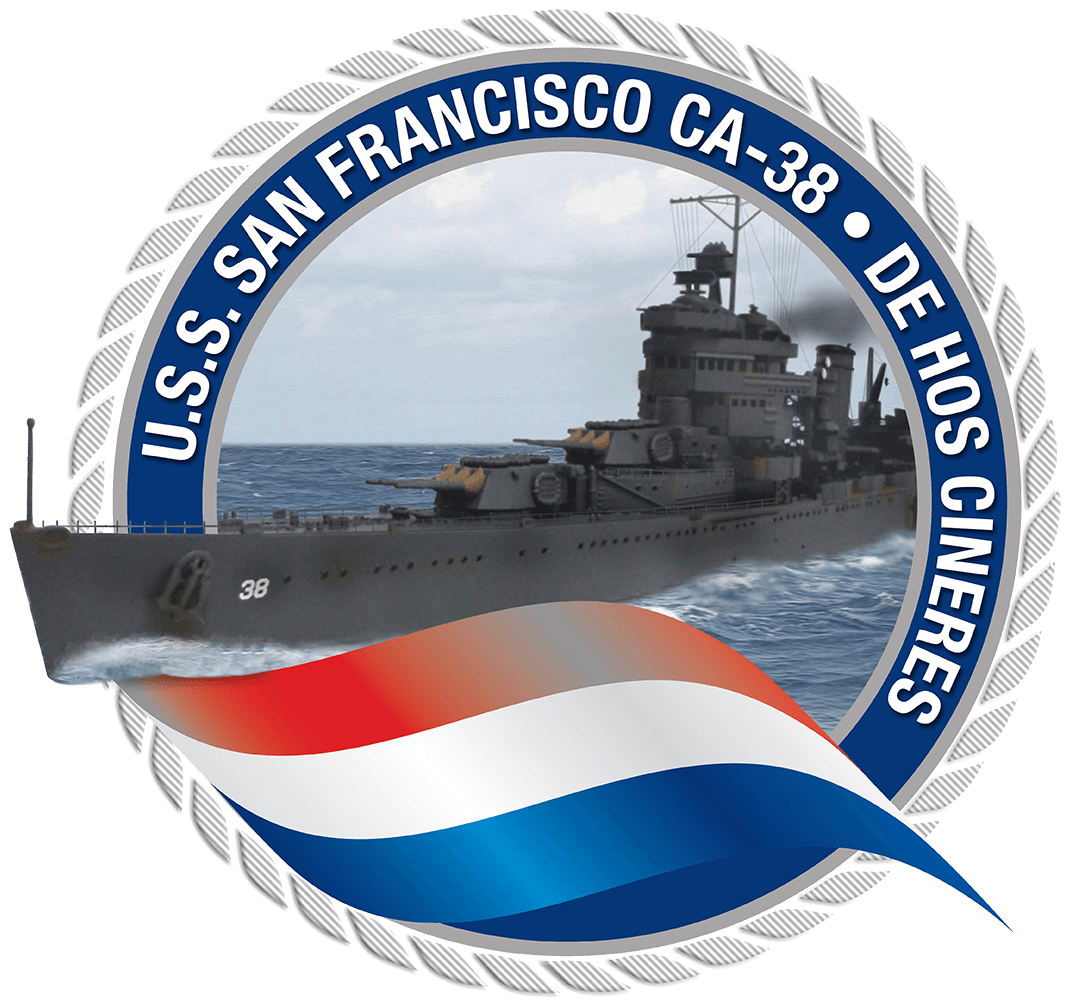Captain Cassin Young, USN
Born: 6 March 1894, Washington, D.C.
Rank: Lieutenant
Organization: Unites States Navy
Accredited To: District of Columbia
Other Navy Award: Navy Cross
Captain Cassin Young, USN, (1894-1942)
Cassin Young was born in Washington, D.C., on 6 March 1894. After graduation from the U.S. Naval Academy in June 1916, he served in the battleship Connecticut into 1919, then spent several years in submarines. During that period, he commanded the submarines R-23 and R-2. During the middle and later 1920s, he served in Naval Communications, on the staff of Commander Submarine Divisions, Battle Fleet, and at the Naval Academy.
During 1931-33, Lieutenant Commander Young served in the battleship New York. He was subsequently Commanding Officer of the destroyer Evans and was assigned to the Eleventh Naval District in 1935-37. After promotion to the rank of Commander, he commanded Submarine Division Seven and had duty at the Submarine Base New London, Groton, Connecticut. When the Japanese attacked Pearl Harbor on 7 December 1941, he was Commanding Officer of the repair ship Vestal, which was badly damaged by enemy bombs and the explosion of the battleship Arizona. For his “distinguished conduct in action” and “outstanding heroism” on that occasion, he was awarded the Medal of Honor.
Promoted to Captain in February 1942, he later was given command of the heavy cruiser San Francisco. On 13 November 1942, during the Naval Battle of Guadalcanal, he guided his ship in action with a superior Japanese force and was killed by enemy shells while closely engaging the battleship Hiei. Captain Young posthumously was awarded the Navy Cross for his actions during the Guadalcanal Campaign, and San Francisco received the Presidential Unit Citation.
The destroyer USS Cassin Young (DD-793), 1943-1981, was named in honor of Captain Young.
Citation:
For distinguished conduct in action, outstanding heroism and utter disregard of his own safety, above and beyond the call of duty, as commanding officer of the U.S.S. Vestal, during the attack on the Fleet in Pearl Harbor, Territory of Hawaii, by enemy Japanese forces on 7 December 1941. Comdr. Young proceeded to the bridge and later took personal command of the 3-inch antiaircraft gun. When blown overboard by the blast of the forward magazine explosion of the U.S.S. Arizona, to which the U.S.S. Vestal was moored, he swam back to his ship. The entire forward part of the U.S.S. Arizona was a blazing inferno with oil afire on the water between the 2 ships; as a result of several bomb hits, the U.S.S. Vestal was afire in several places, was settling and taking on a list. Despite severe enemy bombing and strafing at the time, and his shocking experience of having been blown overboard, Comdr. Young, with extreme coolness and calmness, moved his ship to an anchorage distant from the U.S.S. Arizona, and subsequently beached the U.S.S. Vestal upon determining that such action was required to save his ship.


